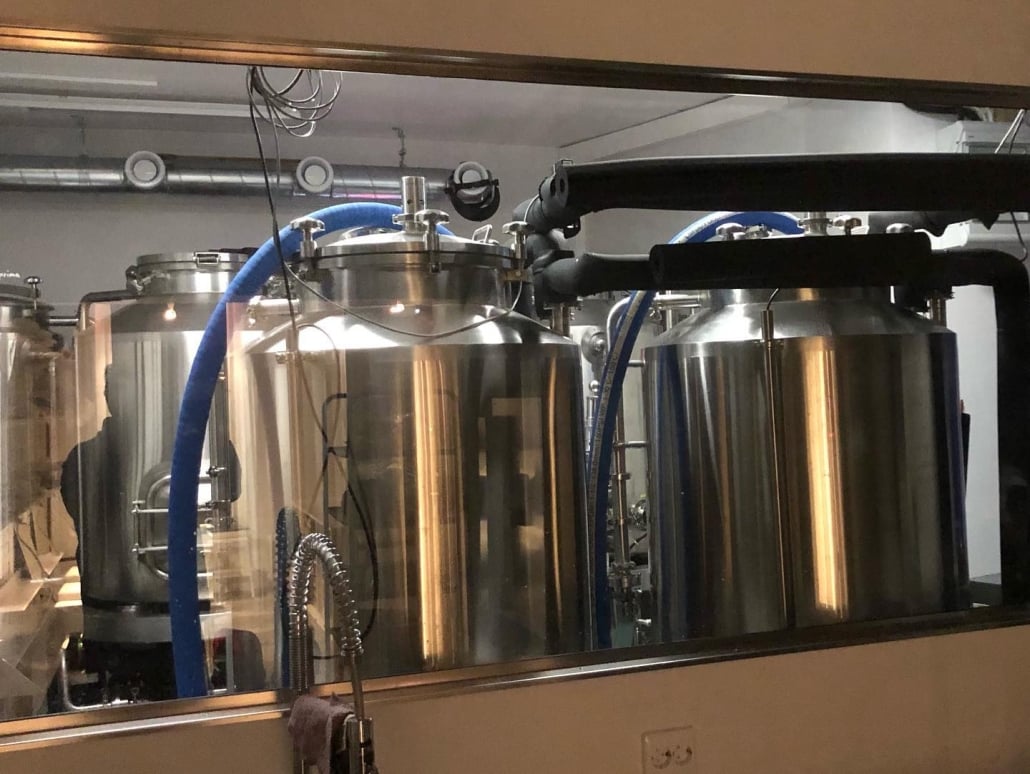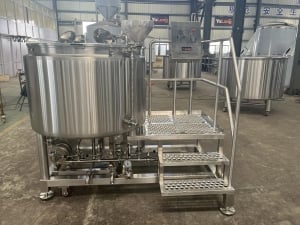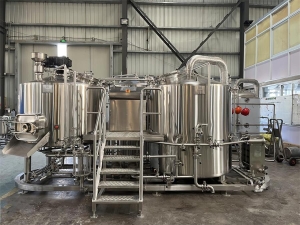Table of Contents
ToggleWhat Is a Fermenting Tank and Why It Matters
A fermenting tank is a specialized container designed to facilitate the fermentation process. It’s where the magic happens—yeast or bacteria interact with sugars in the raw materials to produce alcohol, carbon dioxide, and flavor compounds. Whether you’re crafting beer, wine, kombucha, or even yogurt, fermenting tanks play a pivotal role.
Why does it matter? Because the right fermenting tank can elevate the quality of your product, optimize efficiency, and even reduce costs. The material, design, and capacity of the tank influence factors like temperature control, contamination risks, and overall fermentation performance.
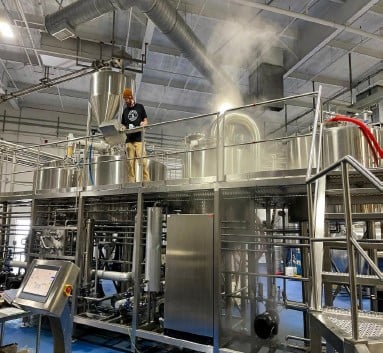
The Brewing Process and the Role of Fermenting Tanks
To understand the importance of fermenting tanks, let’s walk through the brewing process. It starts with brewing wort, which is essentially a sugary liquid made by boiling malted grains and hops. Once cooled, the wort is transferred to a fermenting tank. Here’s where the tank comes into play:
- Primary Fermentation: The yeast is pitched into the wort inside the fermenting tank. The yeast consumes sugars and produces alcohol and CO2, creating the desired beverage.
- Secondary Fermentation (Optional): Some beverages undergo a secondary fermentation to refine flavors or achieve carbonation.
- Maturation: Many fermenting tanks double as maturation vessels, allowing the beverage to develop deeper flavors and aromas over time.
Without a high-quality fermenting tank, these critical stages could be compromised.
Types of Fermenting Tanks
Fermenting tanks come in various shapes, sizes, and materials. Here’s a breakdown:
| Type | Description | Best For |
|---|---|---|
| Conical Tanks | Feature a cone-shaped bottom for easy sediment removal. | Beer, wine, and other beverages needing clarity. |
| Flat-Bottom Tanks | Cost-effective and simple design. Ideal for small-scale or non-alcoholic fermentations. | Kombucha, yogurt, and small batches. |
| Cylindroconical Tanks | Combination of cylindrical and conical designs for versatility. | Large-scale beer and wine production. |
| Open Fermenters | Traditional style; allows exposure to oxygen for specific fermentation styles. | Ales, sour beers, and certain wines. |
| Closed Fermenters | Airtight tanks for anaerobic fermentation. | Lagers, ciders, and other oxygen-sensitive beverages. |
Capacity, Space, and Customization Options
Choosing the right fermenting tank depends on your production needs. Let’s explore the parameters in a comparative table:
| Parameter | Details |
|---|---|
| Capacity | Ranges from small 5-gallon tanks for homebrewers to 100,000-gallon tanks for industrial breweries. |
| Space Requirements | Compact designs for small spaces vs. large tanks requiring dedicated facilities. |
| Design Features | Includes temperature controls, sampling ports, and pressure relief systems. |
| Customization | Options for insulation, agitators, and specialized coatings. |

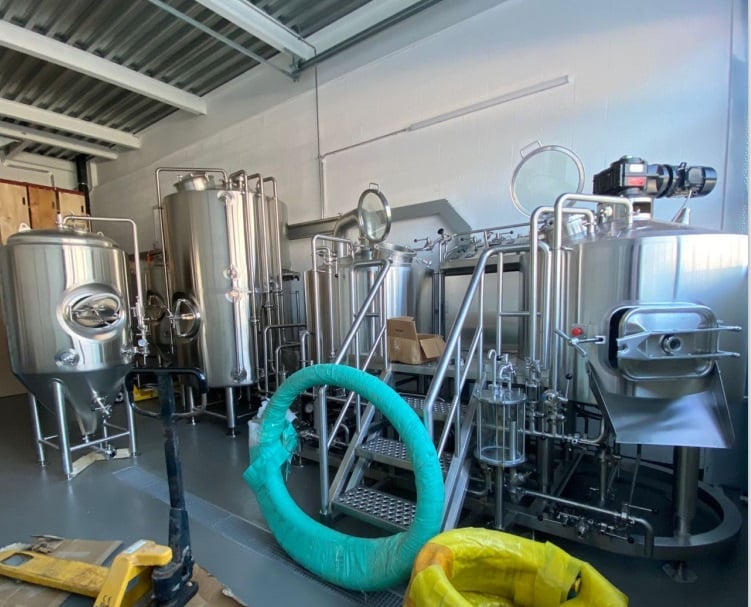
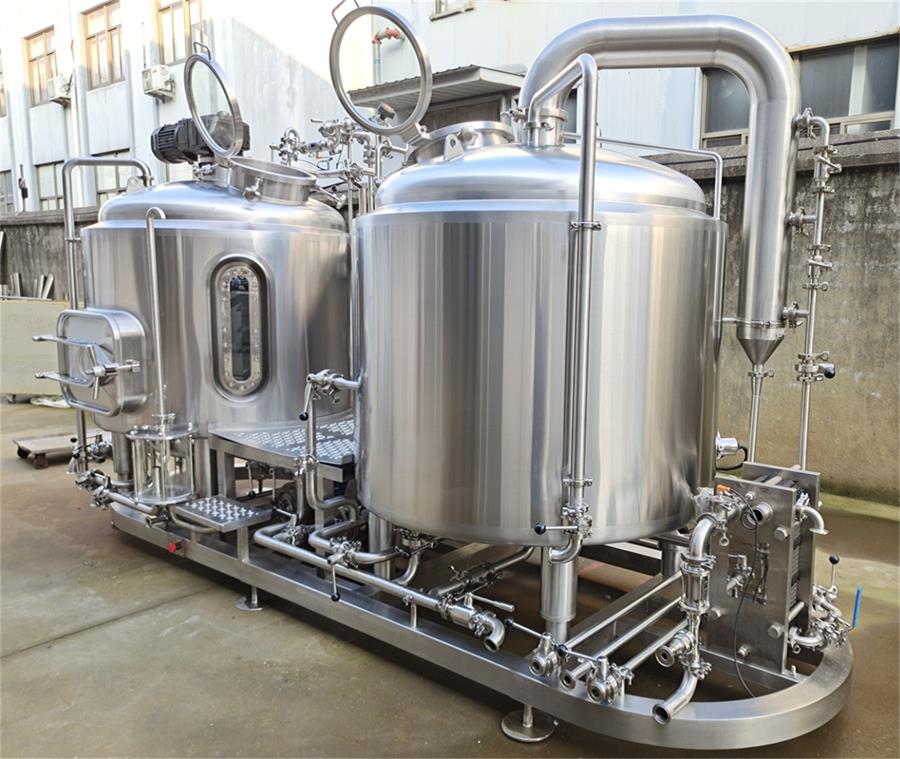
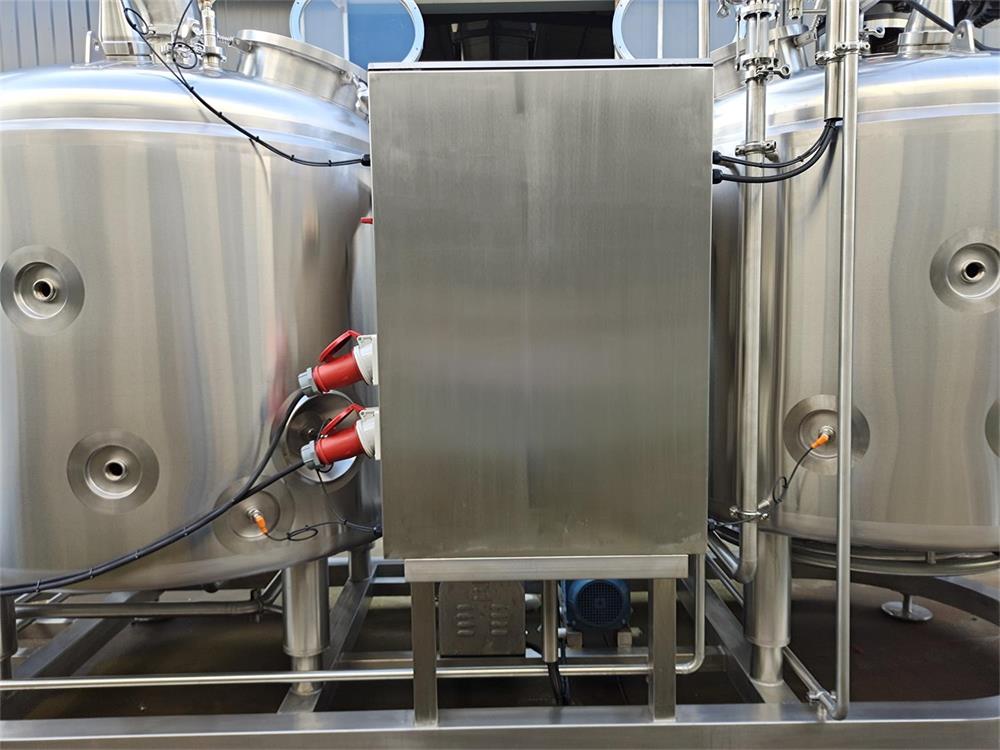
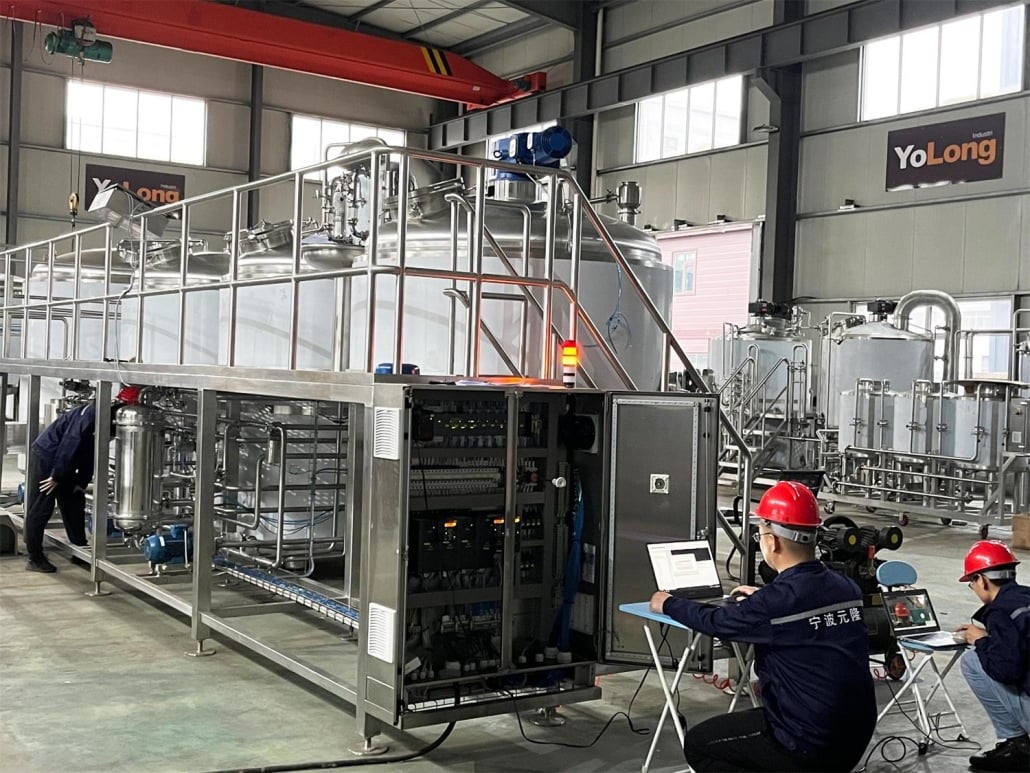
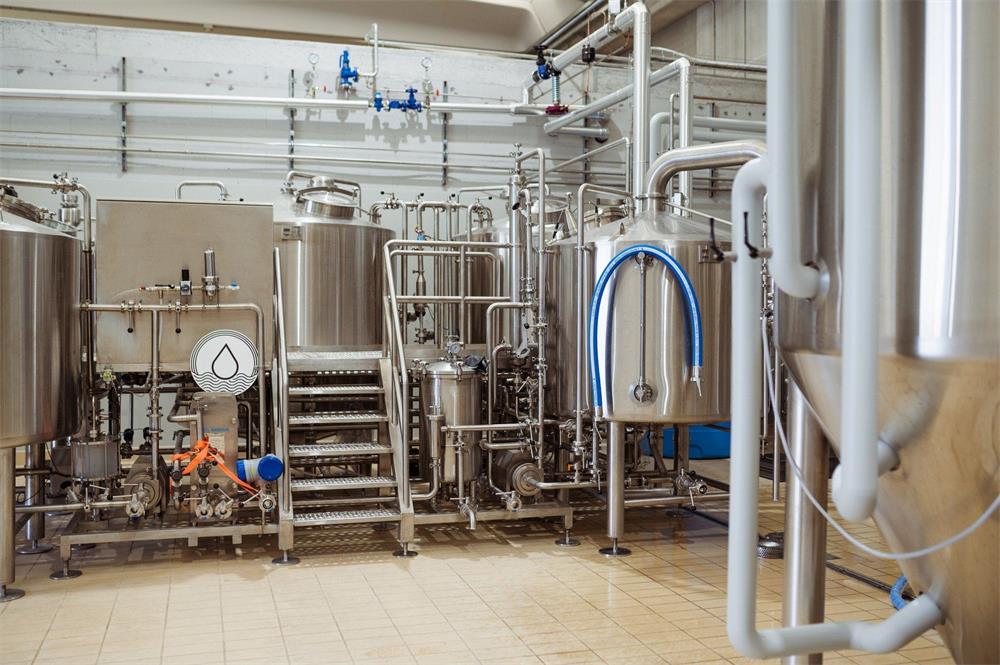
Key Features to Consider When Choosing a Fermenting Tank
Selecting the perfect fermenting tank is no small feat. Here are the key features to keep in mind:
| Feature | Why It Matters |
|---|---|
| Material | Stainless steel is durable, hygienic, and easy to clean. Glass is visually appealing but fragile. |
| Temperature Control | Essential for precise fermentation. Look for tanks with cooling jackets or heating elements. |
| Ease of Cleaning | Sanitary designs with smooth surfaces and CIP (clean-in-place) systems save time and effort. |
| Pressure Capability | Pressurized tanks are crucial for carbonated beverages like beer and sparkling wine. |
| Shape and Size | Influences sediment removal, space efficiency, and product yield. |
Advantages and Limitations of Fermenting Tanks
No tank is perfect for everyone. Here’s a quick comparison:
| Advantages | Limitations |
|---|---|
| Stainless steel tanks are durable and long-lasting. | High upfront cost for quality tanks. |
| Conical designs make sediment removal easy. | Space requirements for large-scale tanks. |
| Temperature controls improve consistency. | Maintenance can be complex for advanced models. |
| Customization options for specific needs. | Limited scalability for smaller tanks. |
Benefits of Using Stainless Steel Fermenting Tanks
Why do stainless steel fermenting tanks dominate the market? They’re the gold standard for a reason. Stainless steel is:
- Durable: Resistant to corrosion, scratches, and impacts. A tank that lasts decades pays for itself.
- Hygienic: Smooth surfaces prevent bacteria buildup, ensuring a clean fermentation process every time.
- Temperature-Friendly: Excellent thermal conductivity allows for precise temperature control.
- Aesthetically Pleasing: Stainless steel tanks look professional, which can impress clients or visitors.
- Low Maintenance: Easy to clean and maintain, saving time and reducing operational headaches.
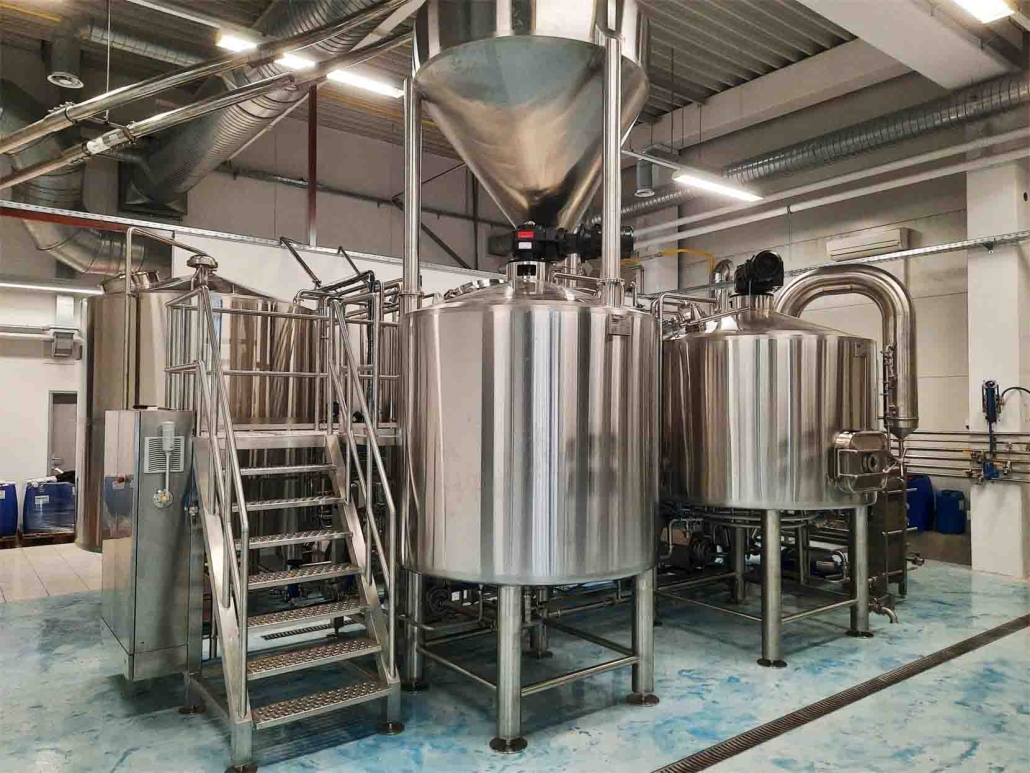
Cost and Supplier Comparison
| Supplier | Price Range | Special Features |
|---|---|---|
| Manufacturer A | $1,000 – $5,000 | Customizable features, CIP systems. |
| Manufacturer B | $5,000 – $20,000 | High-capacity options, thermal controls. |
| Manufacturer C | $20,000+ | Advanced automation and pressure capabilities. |
FAQ
| Question | Answer |
|---|---|
| What size fermenting tank do I need? | It depends on your production scale. For homebrewers, 5-20 gallons is typical; commercial brewers need much larger tanks. |
| Can fermenting tanks be used for multiple products? | Yes, but thorough cleaning between uses is essential to avoid cross-contamination. |
| Are stainless steel tanks worth the investment? | Absolutely. Their durability, hygiene, and versatility make them a long-term value. |
| Do fermenting tanks require special maintenance? | Regular cleaning and occasional inspections for wear or damage ensure longevity. |

